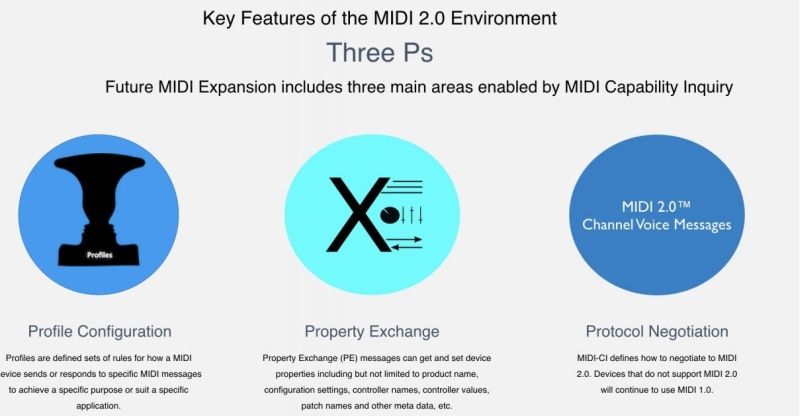The SE is a Mini Cooper through and through; its design is based on the existing Mini 3-Door layout. Aside from its body sitting 18mm higher to accommodate the battery pack, the SE is nearly identical to its internal combustion bretheren. That battery offers 34.2 kWh capacity which, when compared to the Tesla S 100D’s 100 kWh battery, is tiny. It’s comprised of 12 cells arrayed in a T-shape which runs under the rear seats and up between the fronts.
Interestingly, while the battery adds a significant amount of weight to the vehicle, replacing the even heavier internal combustion engine (ICE) nearly offsets that increase. In all, the SE tips the scales at 1365 kg (~3009 lbs), just 145 kg heavier than the standard Cooper S. But what’s really cool is that since the battery adds so much mass, the SE’s center of gravity is actually 30 mm lower than the S. You can certainly feel the difference when aggressively cornering — there’s noticeably less body roll and less squirreliness from the vehicle’s short wheel base.
Since the SE is electric, its initial acceleration is fantastic. The 184HP SE can hit 60kph from a standing start in just 3.9 seconds. However, that speed advantage quickly levels off as running 0 – 100 kph (~62 mph) comes in at at 7.3 seconds (the 2019 Cooper S 1.5L does it in 7.7 seconds and the turbocharged 2.0L notches 6.5 seconds). What’s more, the SE will be limited to just 150 kph (~93 mph) so don’t expect to win any high speed chases driving one of these.
Unfortunately the limited battery capacity also translates into an equally limited range. BMW, who has owned the Mini brand since 2000, estimates that drivers will only be able to squeeze 235 – 270 kilometers (~146 – 167 miles) out of a full charge. That’s not unexpected, given the size of the pack, but still a bit disappointing. You’re clearly not going to be able to take this on long excursions through remote regions, but the Cooper’s were never designed to be touring cars. As an urban getaround or midrange commuter, the SE really hits its stride. On a single full charge, you could theoretically drive from San Francisco to Palo Alto and back for a full work week.
Plus, since there isn’t much battery to charge, it tops off quickly. The SE can be recharged using a household 110V socket, a 240V wallbox, public charging stations, or fast direct-current charging up to 50 kW. It takes around 3.5 hours using a 11kW Type 2 connection but as little as 35 minutes if you can find a 50kW DC fast charge station.
Your available range between recharges may be limited but the SE’s performance all but guarantees you’ll have a blast while behind the wheel. I was granted an opportunity to drive the new Cooper SE through Miami and Ft Lauderdale last week — two cities where the traffic patterns on both surface streets and freeways regularly oscillate between bumper-to-bumper gridlock and Mad Max Fury Road levels of driving insanity.
I drove past multiple vehicle fires and multi-car collisions on the I-95 during the five hour demo drive. Did I stick around to rubberneck? Heck no, I stomped on the accelerator and got past the flaming wrecks as fast as possible before some inattentive yahoo watching the cars go up in smoke came barreling up my tailpipe. Figuratively of course, EVs don’t have tailpipes.
And with the SE, that quick escape was a cinch, especially when running the vehicle in Dynamic (sport) mode. You need only tap on the accelerator and the SE will take off like a shot. I had no issues getting up to freeway speeds, overtaking vehicles, or catching up to traffic after not noticing the light change. Dynamic mode does tend to chew through the vehicle’s power reserves so I set the SE to Mid for a majority of the trip. It’s much easier on your battery supply but the drop off in performance is noticeable. It’s not bad, but I found myself silently urging the SE to accelerate faster after switching down from Dynamic. If you are low on power or want to stretch your range as far as it will go, the SE also offers Green and Green+ driving modes which further reduce draw at the expense of performance.

